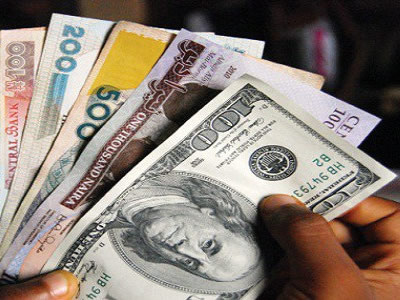
Signs of de-dollarisation are unfolding in the global economy, strategists at the biggest U.S. bank JPMorgan said on Monday, although the currency should maintain its long-held dominance for the foreseeable future.
The impact of steep US interest rate rises and the use of sanctions that have frozen the likes of Russia out of the global banking system are driving the so-called BRICs nations – Brazil, Russia, India, China and South Africa – to challenge the dollar’s hegemony.
JPMorgan’s strategists Meera Chandan and Octavia Popescu at the Wall Street bank laid out that while overall dollar usage remains within its historical range, its usage was more “bifurcated under the hood”.
The dollar’s share of traded currency volumes is just shy of record highs, at 88%, while the euro’s share has shrunk by 8 percentage points in the last decade to a record low of 31%. The share of the Chinese yuan, meanwhile, has risen to a record high of 7%.
“De-dollarisation is evident in FX reserves where (the dollar’s) share has declined to a record as share in exports declined, but is still emerging in commodities,” the strategists said.
JPMorgan’s assessment is the most high profile of any large U.S. bank although heavyweight asset managers such as Goldman Sachs Asset Management have also voiced views on the trend.
JPMorgan’s note on Monday estimated for global exports, the U.S. share is now down to a record low 9%, whereas China was at a record high of 13%.
In global central bank FX reserves too, the dollar’s share is down to a record low of 58%, albeit a level that is still by far the largest globally.
That share is lower, however, when accounting for gold, which now comprises 15% of reserves compared to 11% five years ago.
Progress in internationalising the yuan has been limited, meanwhile, JPMorgan added, and is unlikely to change much given the country’s capital controls.
The “CNY” is 2.3% of SWIFT payments, JPMorgan’s analysts said, versus 43% for the dollar and 32% for the euro.









